At Monaflex we provide the highest quality tyre repair system in the industry, as well as a first-class training and support package, so you have everything you need for a top tier tyre repair operation.
Free Buyer's GuideThe document includes detailed information on the manufacturers and suppliers and their products, along with contact details, to inform your purchasing decision.
by Mining Buyers Guide
Enter your details here to receive your free Buyer's Guide.Please enter a work/business email address
United KingdomUnited StatesAfghanistanÅland IslandsAlbaniaAlgeriaAmerican SamoaAndorraAngolaAnguillaAntarcticaAntigua and BarbudaArgentinaArmeniaArubaAustraliaAustriaAzerbaijanBahamasBahrainBangladeshBarbadosBelarusBelgiumBelizeBeninBermudaBhutanBoliviaBosnia and HerzegovinaBotswanaBouvet IslandBrazilBritish Indian Ocean TerritoryBrunei DarussalamBulgariaBurkina FasoBurundiCambodiaCameroonCanadaCape VerdeCayman IslandsCentral African RepublicChadChileChinaChristmas IslandCocos (Keeling) IslandsColombiaComorosCongoCongo, The Democratic Republic of TheCook IslandsCosta RicaCote D"ivoireCroatiaCubaCyprusCzech RepublicDenmarkDjiboutiDominicaDominican RepublicEcuadorEgyptEl SalvadorEquatorial GuineaEritreaEstoniaEthiopiaFalkland Islands (Malvinas)Faroe IslandsFijiFinlandFranceFrench GuianaFrench PolynesiaFrench Southern TerritoriesGabonGambiaGeorgiaGermanyGhanaGibraltarGreeceGreenlandGrenadaGuadeloupeGuamGuatemalaGuernseyGuineaGuinea-bissauGuyanaHaitiHeard Island and Mcdonald Islands Holy See (Vatican City State)HondurasHong KongHungaryIcelandIndiaIndonesiaIran, Islamic Republic ofIraqIrelandIsle of ManIsraelItalyJamaicaJapanJerseyJordanKazakhstanKenyaKiribatiKorea, Democratic People"s Republic ofKorea, Republic ofKuwaitKyrgyzstanLao People"s Democratic Republic LatviaLebanonLesothoLiberiaLibyan Arab JamahiriyaLiechtensteinLithuaniaLuxembourgMacaoMacedonia, The Former Yugoslav Republic ofMadagascarMalawiMalaysiaMaldivesMaliMaltaMarshall IslandsMartiniqueMauritaniaMauritiusMayotteMexicoMicronesia, Federated States ofMoldova, Republic ofMonacoMongoliaMontenegroMontserratMoroccoMozambiqueMyanmarNamibiaNauruNepalNetherlandsNetherlands AntillesNew CaledoniaNew ZealandNicaraguaNigerNigeriaNiueNorfolk IslandNorthern Mariana IslandsNorwayOmanPakistanPalauPalestinian Territory, OccupiedPanamaPapua New GuineaParaguayPeruPhilippinesPitcairnPolandPortugalPuerto RicoQatarReunionRomaniaRussian FederationRwandaSaint HelenaSaint Kitts and NevisSaint LuciaSaint Pierre and MiquelonSaint Vincent and The Grenadines SamoaSan MarinoSao Tome and PrincipeSaudi ArabiaSenegalSerbiaSeychellesSierra LeoneSingaporeSlovakiaSloveniaSolomon IslandsSomaliaSouth AfricaSouth Georgia and The South Sandwich IslandsSpainSri LankaSudanSurinameSvalbard and Jan MayenSwazilandSwedenSwitzerlandSyrian Arab RepublicTaiwan, Province of ChinaTajikistanTanzania, United Republic ofThailandTimor-lesteTogoTokelauTongaTrinidad and TobagoTunisiaTurkeyTurkmenistanTurks and Caicos IslandsTuvaluUgandaUkraineUnited Arab EmiratesUnited States Minor Outlying IslandsUruguayUzbekistanVanuatuVenezuelaViet NamVirgin Islands, BritishVirgin Islands, U.
S.Wallis and FutunaWestern SaharaYemenZambiaZimbabwe
By clicking the Download Free Buyer's Guide button, you accept the terms and conditions and acknowledge that your data will be used as described in the Mining Buyers Guide privacy policy By downloading this Buyer's Guide, you acknowledge that we may share your information with our white paper partners/sponsors who may contact you directly with information on their products and services.
Visit our privacy policy for more information about our services, how we may use, process and share your personal data, including information on your rights in respect of your personal data and how you can unsubscribe from future marketing communications. Our services are intended for corporate subscribers and you warrant that the email address submitted is your corporate email address.
Thank you.Please check your email to download the Buyer's Guide.
Establishing the right tyre management plan and setup can be time-consuming and complex, but using our expertise as industry world leaders, we have streamlined the process and provide proven solutions tailored to your business. Whether you need help establishing a green field tyre repair operation, advice on how to optimise workshop efficiency or require bespoke training, we can provide effective solutions that increase the productivity of your tyres, save time and money, and fulfil your sustainability commitments.
We’ve been in the industry for over 60 years supporting global industries in mining, civil construction, agriculture, and road transport. Our team has worked with every conceivable type of tyre repair project, from one-man agricultural-focused operations to managing workshops at the world’s largest mines.
Monaflex Bead Repair System - Monaflex system for the repair of Bead injuries in truck tyres.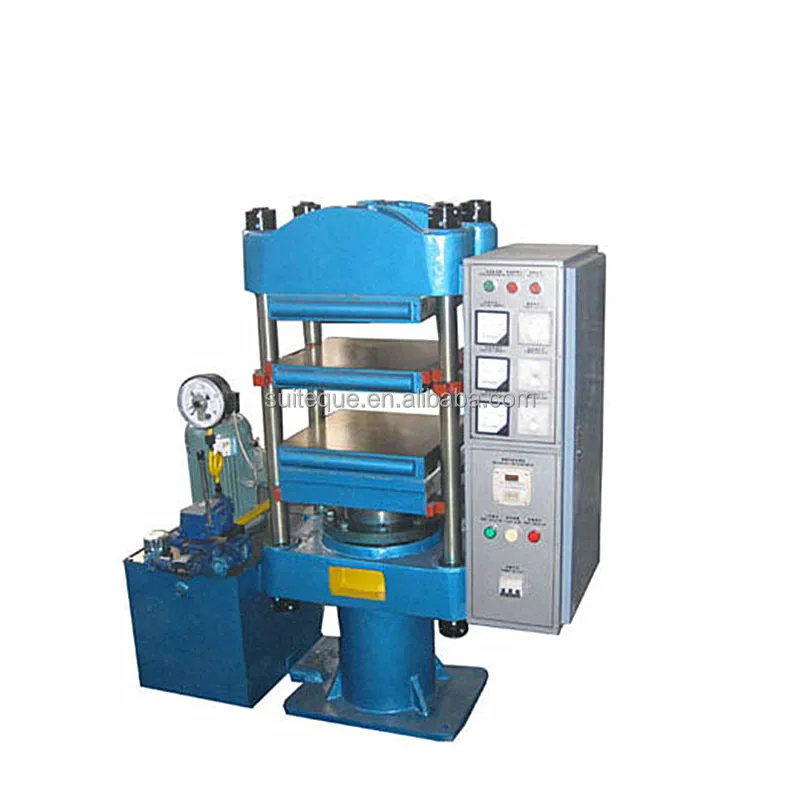
Monaflex OTR Sidewall Repair System - a specialist repair system for sites experiencing a high volume of OTR sidewall injuries.
The Monaflex XL OTR Bead Repair System can cover repairs on bead sole widths of 4.75in.
Monaflex Truck Repair System - For Crown, Shoulder and Sidewall injuries in truck tyres.
Monaflex Truck Sidewall Repair System - for sites with a high number of Truck Sidewall repairs.
Monaflex Conveyor System 1 - The portable, lightweight conveyor belt repair solution.
Monaflex Conveyor System 2 - The flexible system for all belting repair needs.
Monaflex Conveyor System 3 - The revolutionary Conveyor Repair System fits in an average support vehicle.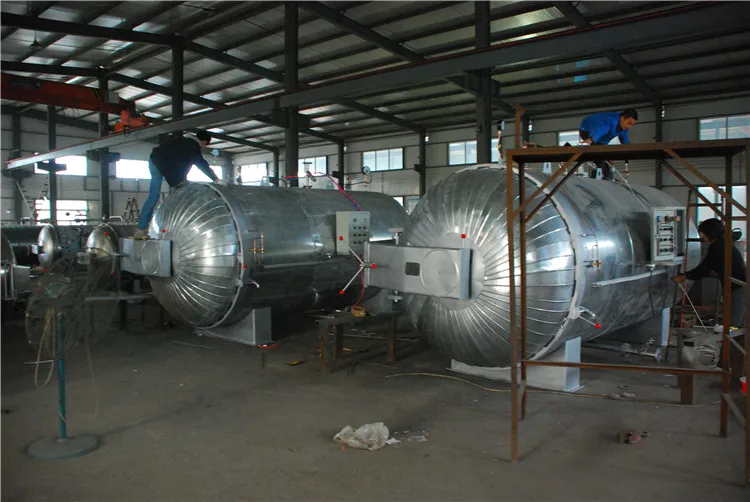
Monaflex OTR system - for Crown, Shoulder and Sidewall injuries in the world's largest OTR tyres.
Our purpose is to share our expertise and experience so we can improve the safety and efficiency of your operations.
Our tyre repair system was the first of its kind and innovation and pioneering advanced technologies, are still at the heart of everything we do today.
We’ve built a reputation as trusted experts in the industry and we’re dedicated to finding the best solutions and products for you.
We can help you by…
A perfectly moulded repair that is the strongest in the industry.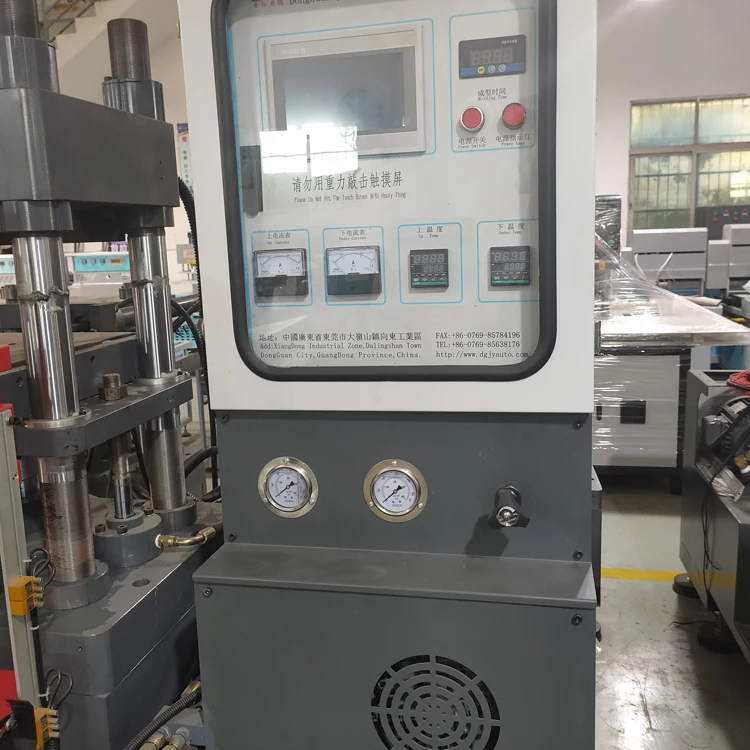
Doing away with traditional heavy machinery, Monaflex developed a lightweight yet tough system that provides a distortion-free, long-lasting repair to tyres of all sizes.
Faster repairs
The Monaflex system is far quicker than other systems, as the required temperature for vulcanisation is uniformly applied to the repair area from both the inside and outside of the tyre. This means the patch and the plug can be cured at the same time. Curing time is quicker, which means less downtime for your vehicles.
Longer lasting repairs
Heavy-duty inflatable airbags provide consistent pressure allowing for total conformity to the profile of the tyre. The result is a distortion-free, feather edged repair which is stronger than any other.
Tough design, superior quality
Using durable heat pads and hard-wearing airbags, Monaflex operates a stringent manufacturing quality assurance system, from comprehensive testing of raw materials through to the issuing of individual ‘product passports’ to document pre-despatch testing.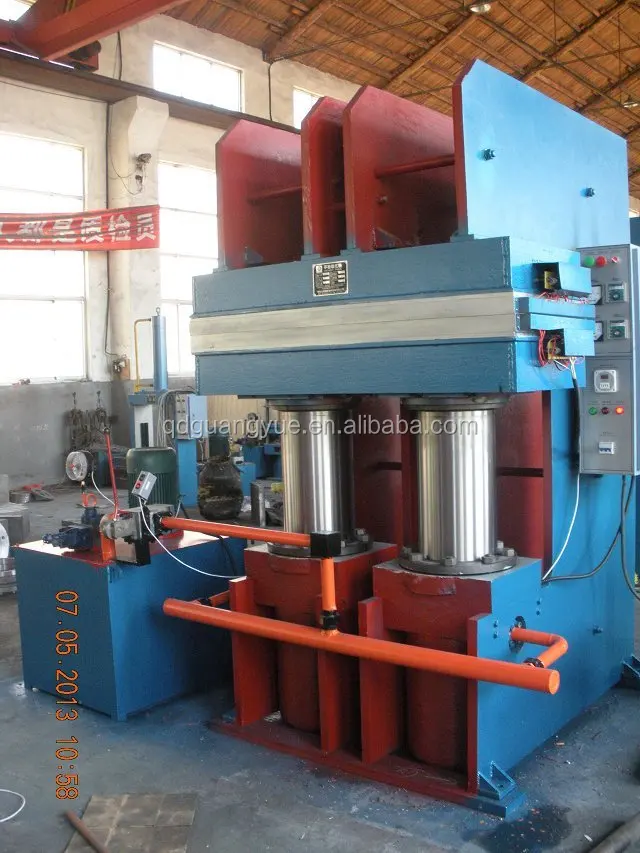 This process ensures all Monaflex equipment is ready to face the harshest environments with full warranty protection.
This process ensures all Monaflex equipment is ready to face the harshest environments with full warranty protection.
Portable and easy to use
Designed for easy assembly by a single operator, the Monaflex system can collapse down to a compact size making transport and storage easy. With no heavy metalworks, even the complete system for repair of the largest tyres in the world can be transported in the back of a regular car, making mobile repair services and multi-site operations a possibility.
A system tailored to your needs
With this system, you can lower initial setup costs by only purchasing the equipment you need to repair a specific range of tyres. You can always expand at a later date as your tyre range extends. The full Monaflex system will cover a wider range than any other on the market. Each system can repair the sidewall, shoulder and crown without the need for extra components.
Bead repairs
One of the most important components of a tyre is the bead. Without a functioning bead, a tyre simply could not stay securely on the rim, rendering it useless.
Without a functioning bead, a tyre simply could not stay securely on the rim, rendering it useless.
Beads can frequently be damaged during the mounting, dismounting or mechanical handling of tyres. The Monaflex system ensures a strong permanent repair. Using our system, loose rubber is buffed back and raw compound is applied to the area. This can then be properly cured using heat and pressure to the repair area from all sides of the bead*.
*Please note: Do not attempt repair if the bead cable is damaged. We recommend only rubber repairs are made and that damage to tyre body cords or bead bundles are rejected for repair.
Sidewall repairs
The environment in which dump trucks, wheel loaders, motor graders and other heavy mining equipment operate is severe, even on the toughest of tyres. One of the most common failure modes is sidewall damage.
Monaflex offers a range of dedicated sidewall repair systems which provide a rapid setup solution for operations seeing a high volume of this specific type of damage.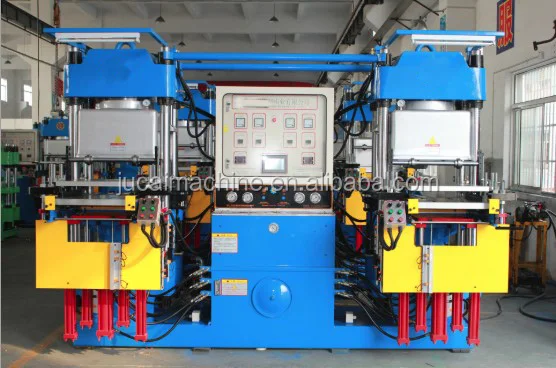 With the addition of a metal frame, an operator can assemble the system in less than a minute.
With the addition of a metal frame, an operator can assemble the system in less than a minute.
Good for the environment and your budget
Having a comprehensive tyre management plan is important in extending the lifespan of your tyres, and is a critical factor for maximising your budget and productivity.
The Monaflex Tyre Repair System, along with our first-class training and support package, means you can extend tyre life by hundreds and even thousands of hours. Keeping tyres in service for as long as possible considerably reduces scrap and your carbon footprint.
More complex repairs means less scrap
Many repair systems fail to provide an effective solution for badly damaged tyres, but the Monaflex system ensures a strong permanent repair which remains as robust as the original tyre construction. Bead and sidewall damage would usually result in a tyre being disposed of however our specialised equipment can restore the integrity of tyre strength with a complete vulcanised repair which further reduces the environmental burden of disposal.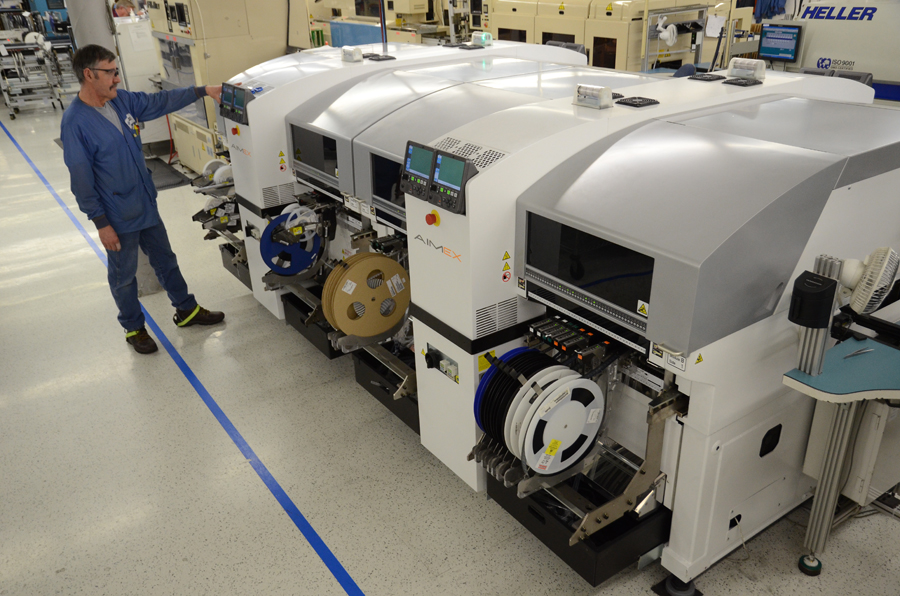
An effect of the cost pressures of rising retail prices and the refocusing of companies onto issues relating to the environmental impact of their operations is that organisations are increasingly looking to mend, rather than replace, damaged tyres. Guernsey-based manufacturer of tyre repair machinery, Monarch Vulcanising Systems, is able to provide a number of machines for just this purpose. Not only, Monarch claims, are their Monaflex systems suitable for fixing any tyre used in the world today, they are also easily transportable, relatively simple to use, and quickly assembled.
Central to Monarch’s business is the signature range of Monaflex rubber vulcanising equipment, for the repair of all tyres, rubber crawler tracks and rubber conveyor belts. When the company was founded in 1961 its main business was the installation of heavy mechanical equipment for the cement and steel industry, which included the installation of rubber linings in raw mills.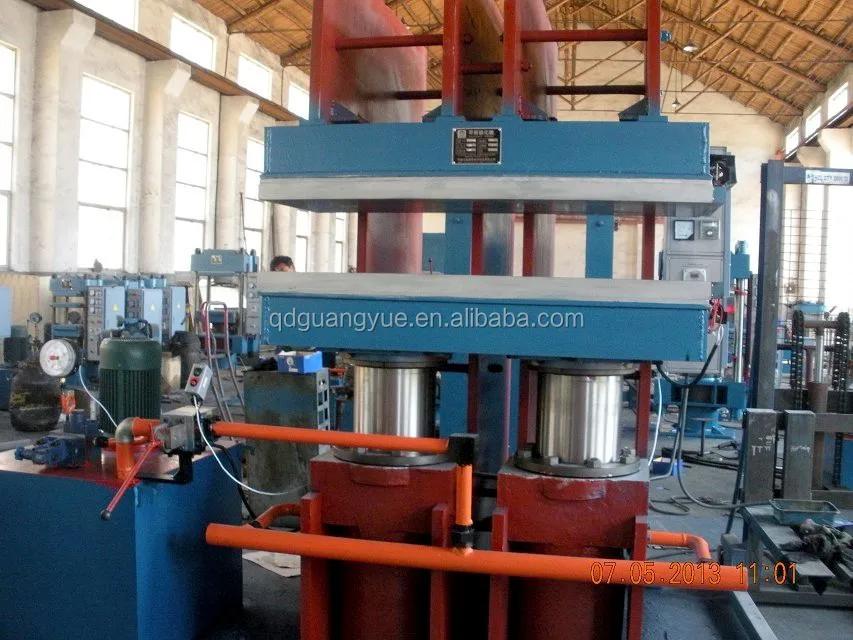 Utilising its extensive experience with industrial rubber, the company became involved in the supply and installation of industrial rubber flooring and later, in the early 1970s, the company became involved in the development of the Monaflex Vulcanising System for tyre repair. In using rubber Heat Pads and Air Bags Monarch could provide a lightweight portable system that was easily
Utilising its extensive experience with industrial rubber, the company became involved in the supply and installation of industrial rubber flooring and later, in the early 1970s, the company became involved in the development of the Monaflex Vulcanising System for tyre repair. In using rubber Heat Pads and Air Bags Monarch could provide a lightweight portable system that was easily
transported in a small truck for on-site repairs at mines, quarries and construction sites.
Economically speaking, this provision of a system for on-site tyre repairs saved the substantial costs involved in transporting large tyres to the nearest repair shop, which could be hundreds of miles away. In introducing the Monaflex system, Monarch enabled the setting up of mobile repair units by enterprises that purchased the Monaflex systems. The company now exports 80 per cent of its products to tyre repair shops and retreaders around the world. Monarch claims that it is able to offer the benefit of high-quality, “personal pre-sales and after-sales service, with every query answered within 24-48 hours, depending on international time differences.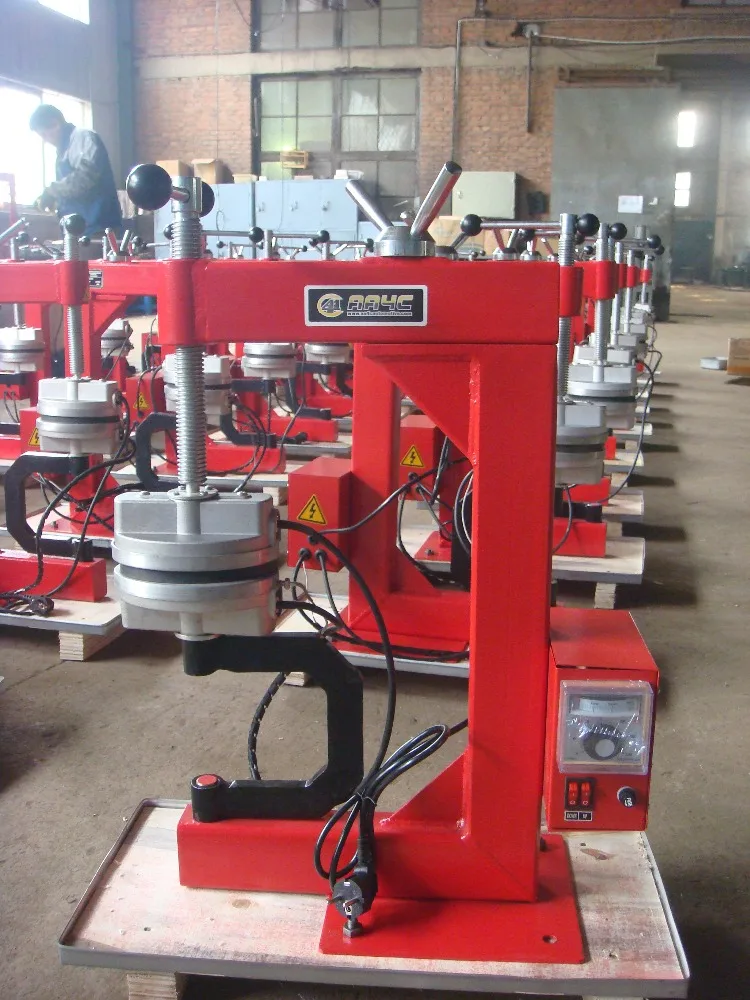 ”
”
Product Expansion
Since the 1970s, the Monaflex range of Vulcanising systems has been extended to handle the vulcanisation of all repairs to Car, Truck and OTR/Earthmover tyres. Monarch even claims that the Monaflex system is versatile enough to handle the vulcanisation of any rubber application. In addition to the versatility of the machinery, Monarch boasts durability as a key feature of their systems, pointing out their use in “hundreds of workshops in more than thirty countries around the world.”
The range of products now available in the Monarch range includes: a Bead Repair System, for fixing beads in radial truck tyres; the External Curing Pack; the Passenger and Light Truck Machine, which utilises two differently-shaped top plates, combining
with different sized mandrels to cover the various profiles of these tyres; the OTR Sidewall Machine, which makes use of two interlocking metal plates that secure the heat pads and air bags on the inside and outside of the tyre, providing even pressure and heating; and the Sidewall Repair System, which can be assembled in 30 seconds.
Perhaps the epitome of Monarch’s product range is the OTR tyre repair system, which they say is Monaflex’s flagship system. The OTR represents an attempt to provide its user with the freedom to cover as few or as many tyre sizes as is needed at a very economical price. A small system can be purchased in the first instance and extended when required by purchasing additional larger (or indeed smaller) heatpads and airbags allowing the potential coverage of all tyre sizes from 1300 to 55.5/85-63. In using strapping to hold the airbags and heatpads into the tyre, the whole system can conform to any profile to provide a distortion-free repair. The flexible nature of the design also allows the machine to be transported easily. The system, which potentially can be used to repair the largest tyres in the world today, can be made to fit inside an ordinary car boot. Therefore, repair crews can easily move
the Monaflex equipment around using anything from a car to a small plane.
The flexibility of Monaflex Systems is rounded off by Monarch’s ability to make custom-built machinery.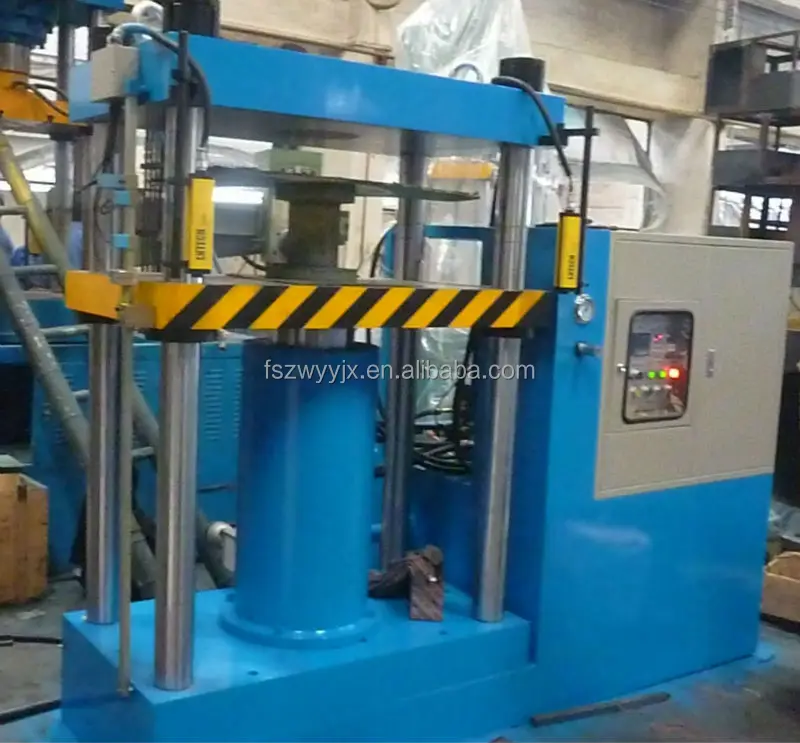 The organisation is confident that – given their history and expertise in vulcanisation – they can come up with “an affordable solution to cover a whole range of applications.”
The organisation is confident that – given their history and expertise in vulcanisation – they can come up with “an affordable solution to cover a whole range of applications.”
Basic methods for vulcanizing rubbers . For conducting the main chemical rubber technology process – vulcanization - vulcanizing agents are used agents. Chemistry of the vulcanization process consists in the formation of a spatial grid, including linear or branched rubber macromolecules and cross links. Technologically vulcanization is the treatment rubber compound at temperatures from normal up to 220˚С under pressure and less often without him.
B in most cases industrial vulcanization is carried out by vulcanizing systems including vulcanizing agent, accelerators and vulcanization activators and contributing to a more efficient the course of education processes spatial grid.
Chemical interaction between rubber and vulcanizing agent is determined chemical activity of rubber, i.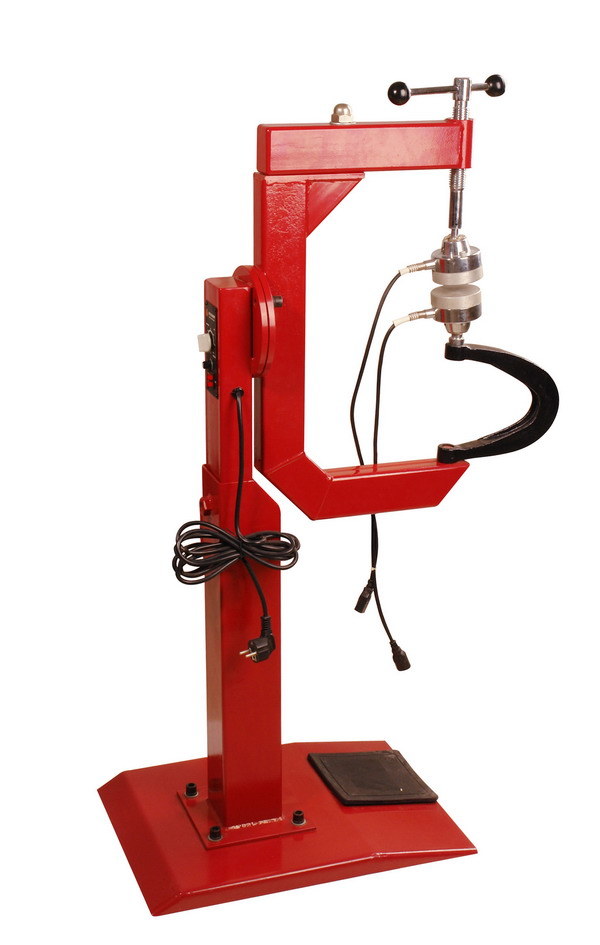 e. the degree of unsaturation of its chains, the presence of functional groups.
e. the degree of unsaturation of its chains, the presence of functional groups.
Chemical activity of unsaturated rubbers due to the presence in the main chain double bonds and increased mobility hydrogen atoms in -methylene groups adjacent to the double bond. Therefore, unsaturated rubbers can vulcanize with all compounds, interacting with a double bond and groups adjacent to it.
Basic curing agent for unsaturated rubber is sulfur, which is usually used as a vulcanizing systems together with accelerators and their activators. In addition to sulfur, you can use organic and inorganic peroxides, alkylphenol-formaldehyde resins (AFFS), diazo compounds, polyhalides connections.
Chemical activity of saturated rubbers significantly lower than the activity of unsaturated, so for vulcanization you need use substances with a high reactivity, for example various peroxides.
Vulcanization unsaturated and saturated rubbers can be carried out not only in the presence chemical curing agents, but and under the influence of physical influences, initiating chemical transformations.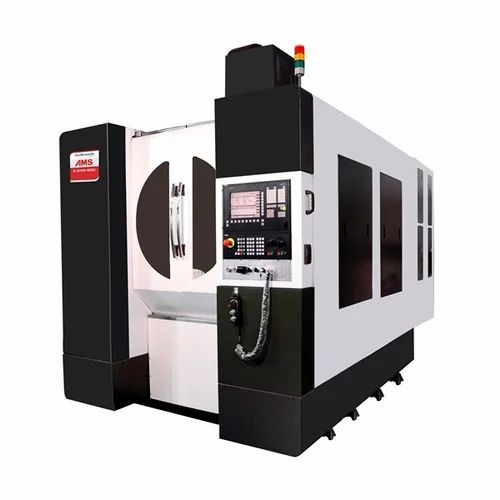 These are high energy radiation vulcanization), ultraviolet radiation (photovulcanization), long-term exposure high temperatures (thermovulcanization), shock waves and some other sources.
These are high energy radiation vulcanization), ultraviolet radiation (photovulcanization), long-term exposure high temperatures (thermovulcanization), shock waves and some other sources.
Rubbers, having functional groups vulcanize on these groups with substances interacting with functional groups with the formation of a transverse connections.
Basic patterns vulcanization process. Regardless on the type of rubber and the vulcanizing agent used systems in the vulcanization process some typical changes in material properties:
Sharply reduced plasticity of the rubber mixture, strength and elasticity appear vulcanizates. So, raw strength rubber compound based on NK does not exceed 1.5 MPa, and the strength of the vulcanized material - not less than 25 MPa.
Substantial decreased chemical activity rubber: for unsaturated rubbers decrease in the number of double bonds for saturated rubbers and rubbers with functional groups - number active centers.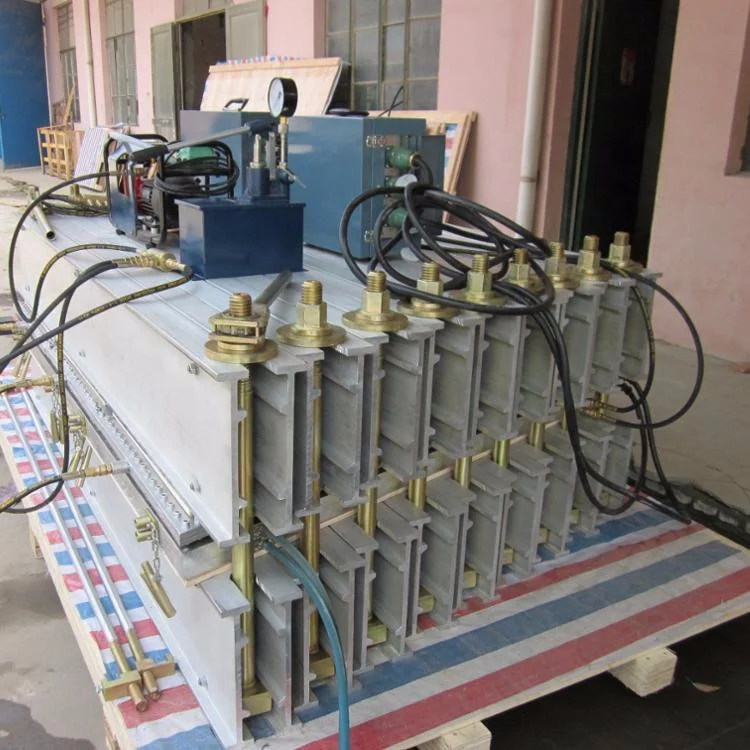 Due to this, it increases resistance of the vulcanizate to oxidative and other aggressive influences.
Due to this, it increases resistance of the vulcanizate to oxidative and other aggressive influences.
increasing stability of the vulcanized material to the action of low and high temperatures. Thus, NC hardens at 0ºС and becomes sticky at +100ºС, and the vulcanizate retains its strength and elasticity in the temperature range from -20 to +100ºС.
This the nature of the change in material properties during vulcanization clearly indicates about the course of structuring processes, ending with the formation of a three-dimensional spatial grid. To the vulcanizate retained its elasticity, cross links should be sufficient rare. Thus, in the case of NC, the thermodynamic chain flexibility is preserved if one the cross-link is 600 atoms main chain carbon.
Process vulcanization is also characterized some general rules property changes depending on vulcanization time at constant temperature.
Because change most significantly viscosity properties of mixtures, for studies of vulcanization kinetics use shear rotary viscometers, in particular rheometers Monsanto. These devices allow investigate the vulcanization process at temperatures from 100 to 200ºС for 12 - 360 min with various shear forces. The recorder of the device writes out the dependence torque vs. vulcanization time at constant temperature, i.e. vulcanization kinetic curve, having an S-shape and several plots corresponding to the stages process (Fig. 3).
These devices allow investigate the vulcanization process at temperatures from 100 to 200ºС for 12 - 360 min with various shear forces. The recorder of the device writes out the dependence torque vs. vulcanization time at constant temperature, i.e. vulcanization kinetic curve, having an S-shape and several plots corresponding to the stages process (Fig. 3).
First the vulcanization stage is called induction period, stage scorching or premature vulcanization. At this stage the rubber the mixture must remain fluid and it is good to fill out the entire form, so its properties are characterized by a minimum shear moment M min (minimum viscosity) and time t s , during which the shear moment increases by 2 units compared to with the minimum.
|
|
| Rice. 3. Typical rheometric vulcanization curve 1 - M min ; 2 - M min +2; 3 - M max ; 4 - M 90 |
Duration induction period depends on activity of the vulcanization system. The choice of vulcanizing system according to other value t s determined by the weight of the product. At vulcanization occurs first heating material to vulcanization temperature, and due to low thermal conductivity rubber warm-up time proportionally the mass of the product. For this reason, for vulcanization of large mass products vulcanizing systems must be selected, that provide enough long induction period and products with low mass - on the contrary.
The choice of vulcanizing system according to other value t s determined by the weight of the product. At vulcanization occurs first heating material to vulcanization temperature, and due to low thermal conductivity rubber warm-up time proportionally the mass of the product. For this reason, for vulcanization of large mass products vulcanizing systems must be selected, that provide enough long induction period and products with low mass - on the contrary.
Second stage is called the main period vulcanization. Upon completion of the induction period in the mass of the rubber compound active particles accumulate causing rapid structuring and, accordingly, the increase in torque moment up to some maximum values M max . However, by the end of the second stage it is considered not the time to reach M max , and time t 90 , corresponding to M 90 . This moment is determined by the formula
М 90 =0.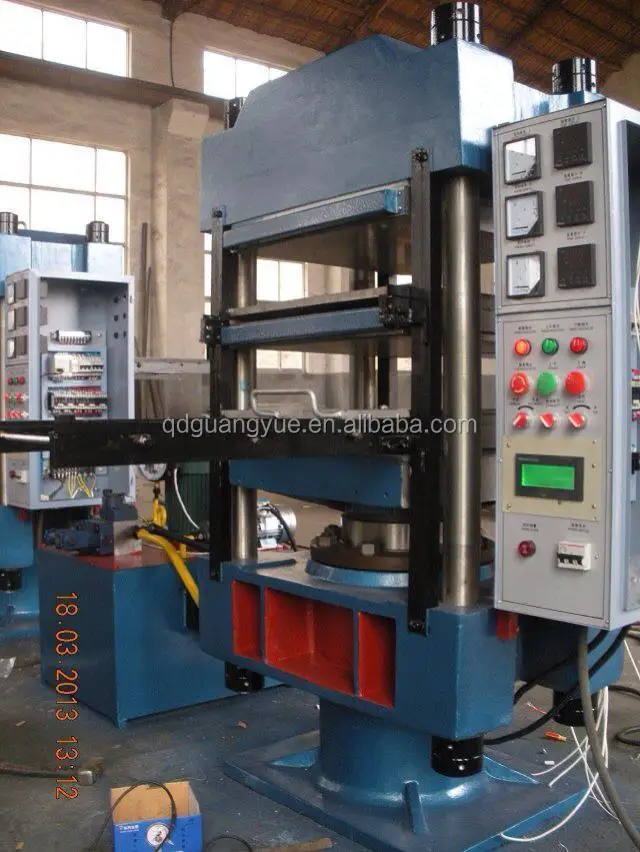 9 M + М min ,
9 M + М min ,
where M – torque difference (M=M max - M min ).
Time t 90 is the optimum vulcanization, the value which depends on the activity vulcanizing system. Tilt angle curve in the main period characterizes vulcanization speed.
Third stage of the process is called a stage overvulcanization, which in most cases on the kinetic curve corresponds to a horizontal section with permanent properties. This zone called the vulcanization plateau. The wider plateau, the more resistant the mixture to overvulcanization.
Width plateau and further course of the curve mainly depends on the chemical nature of the rubber. In the case of unsaturated linear rubbers, such as NK and SKI-3, the plateau is not wide and then deterioration occurs, those. curve decline (Fig. 3, curve a ). The process of deterioration of properties at the stage revulcanization is called reversion . The cause of reversion is destruction not only the main chains, but also the formed cross-links under the influence of high temperature.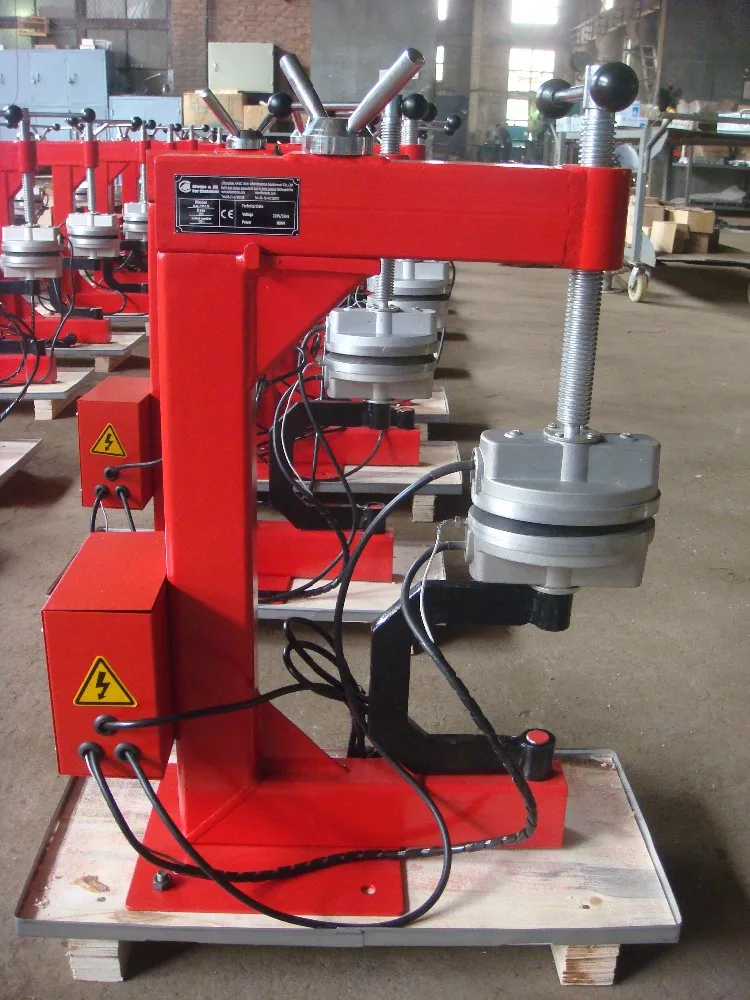
B case of saturated rubbers and unsaturated rubbers with a branched structure (significant amount of double bonds in the lateral 1,2-links) in the overvulcanization zone properties change slightly, and in some cases even improve (Fig. 3, curves b and to ), since the thermal oxidation of double bonds lateral links is accompanied additional structuring.
Behavior rubber compounds at the stage of revulcanization important in the production of massive products, especially car tires, because due to reversion can overvulcanization of the outer layers during undervulcanization of internal. In this case, vulcanizing systems that would provide long induction period for uniform heating of the tire, high speed in the main period and wide plateau of vulcanization at the stage overvulcanization.
3.2. Sulfur vulcanizing systems for unsaturated rubbers
Sulfur properties as vulcanizing agent. Process vulcanization of natural rubber gray was discovered in 1839 by C.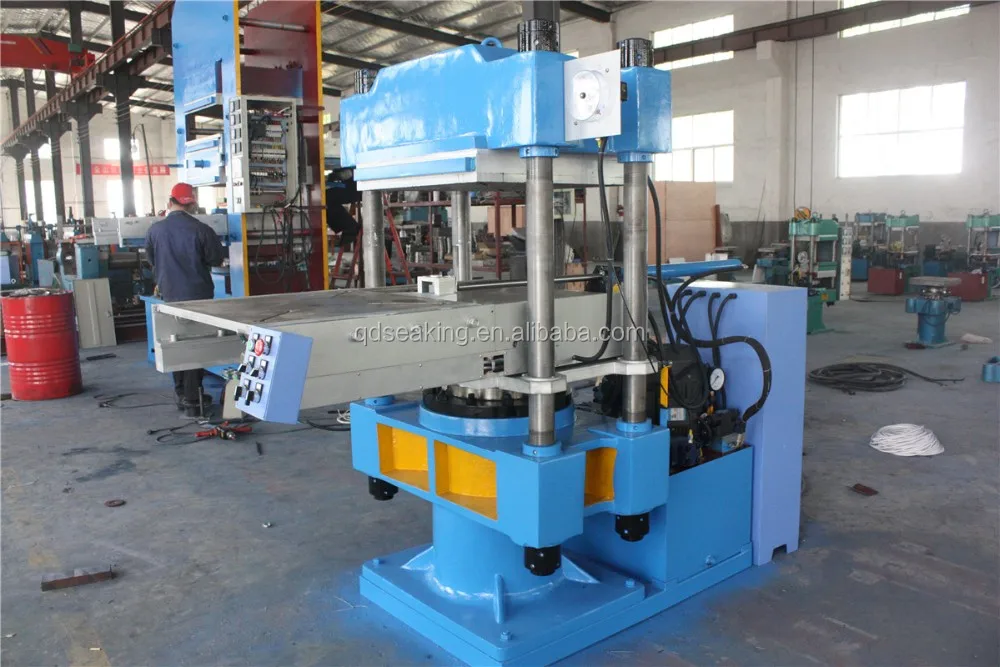 Goodyear and independently in 1843 by G. Genkokkom.
Goodyear and independently in 1843 by G. Genkokkom.
For vulcanization uses natural ground sulfur. Elemental sulfur has several crystal modifications, of which only -modification partially soluble in rubber. Exactly this modification, which has a temperature melting point 112.7 ºС, and is used for vulcanization. α-form molecules are an eight-membered cycle S 8 with an average rupture activation energy rings E act = 247 kJ/mol.
This sufficiently high energy, and splitting sulfur rings occur only when temperature of 143ºС and above. At a temperature below 150ºС heterolytic occurs or ionic decay of the sulfur ring with the formation of the corresponding bion sulfur, and at 150ºС and above - homolytic (radical) decay of the S ring to form sulfur biradicals:
t150ºС S 8 →S + – S 6 – S – → S 8 +–
t150ºС S 8 →Sֹ–S 6 –Sֹ→S 8 ֹֹ.
Biradicals S 8 breaks easily into smaller fragments: S 8 ֹֹ→S x ֹֹ + S 8th ֹֹ.
Formed biions and biradicals of sulfur then interact with macromolecules rubber, either at the double bond or at place of -methylene carbon atom.
Ring sulfur can also decompose at a temperature below 143ºС, if there are any active particles (cations, anions, free radicals). Activation in progress scheme:
S 8 + A + →A – S – S 6 – S +
S 8 + B – → B – S – S 6 –
S 8 + R→R – S – S 6 – Sֹ.
Such active particles are present in rubber compound when used vulcanizing systems with accelerators vulcanization and their activators.
For transformation of soft plastic rubber into hard elastic rubber enough a small amount of sulfur - 0.10.15% wt. However, the actual dosages of sulfur range from 12.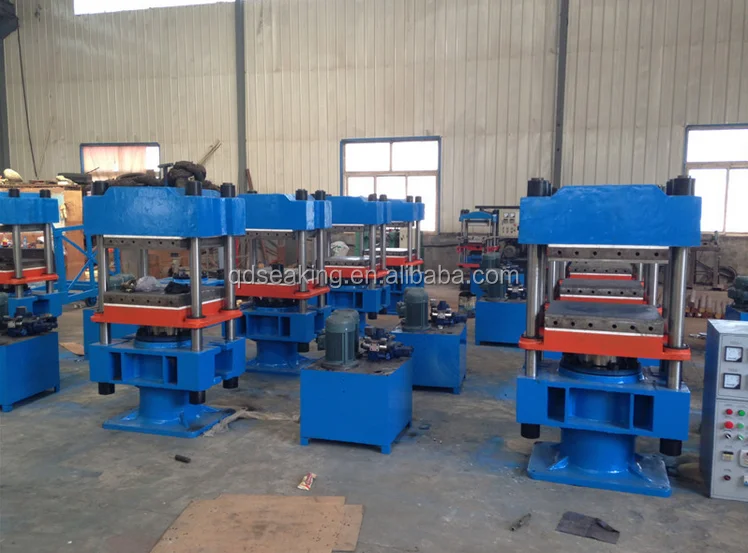 5 up to 35 wt.h. per 100 wt.h. rubber.
5 up to 35 wt.h. per 100 wt.h. rubber.
Sulfur has limited solubility in rubber, so from the dosage of sulfur depends on how it is distributed. in the rubber compound. At actual doses sulfur is in the form of molten droplets, from the surface of which the molecules sulfur diffuses into the mass of rubber.
Cooking rubber mixture is carried out at elevated temperature (100-140ºС), which increases solubility of sulfur in rubber. That's why when the mixture is cooled, especially in cases its high dosages, diffusion begins free sulfur on rubber surface mixtures to form a thin film or sulfur deposits. This process in technology called fading or sweating. Fading rarely reduces tack blanks, and therefore for refreshment workpiece surfaces before assembly they are treated with gasoline. It makes it worse working conditions for assemblers and improves fire and explosion hazard of production.
Especially acute problem of fading is in production of steel cord tires. In that case to increase bond strength between metal and rubber dosage S increase to 5 wt.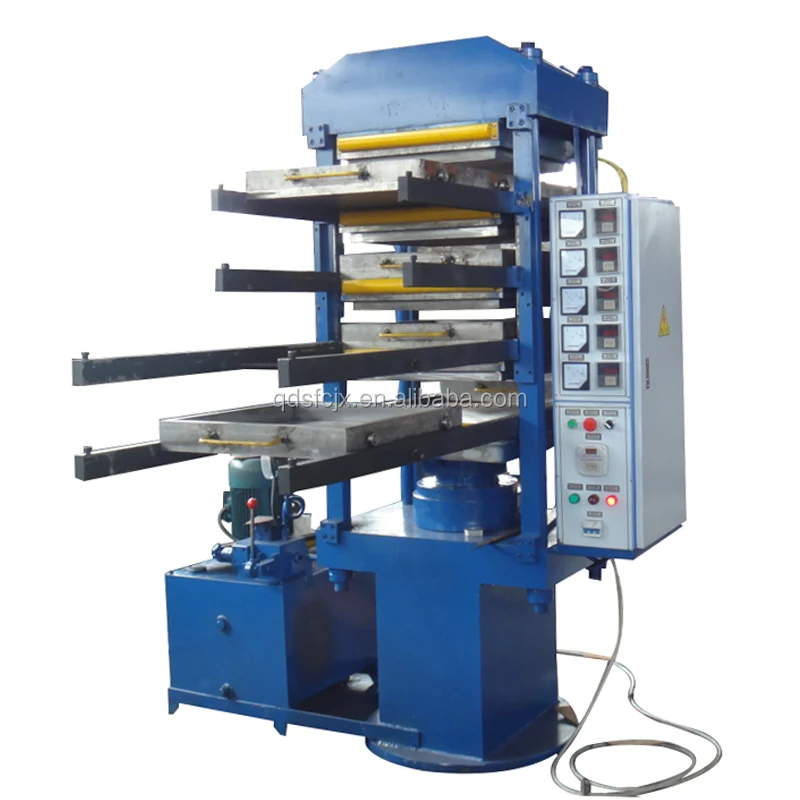 h. For exclusion fading in such recipes should apply a special modification - so called polymeric sulphur. This is the form which is formed when heated -forms up to 170ºС. At this temperature, there is a sharp jump in the viscosity of the melt and polymeric sulfur S n is formed, where n over 1000. World practice uses various modifications of polymeric sulfur, known under the brand name "cristex".
h. For exclusion fading in such recipes should apply a special modification - so called polymeric sulphur. This is the form which is formed when heated -forms up to 170ºС. At this temperature, there is a sharp jump in the viscosity of the melt and polymeric sulfur S n is formed, where n over 1000. World practice uses various modifications of polymeric sulfur, known under the brand name "cristex".
Theories sulfur vulcanization. For explanation sulfur vulcanization processes were put forward chemical and physical theories. In 1902 Weber put forward the first chemical theory vulcanization, elements of which have been preserved still. Extracting the product interactions of NK with sulfur, Weber established that part of the introduced sulfur was not is extracted. This part was named bound, and released - free gray. The sum of the number of connected and free sulfur was equal to the total the amount of sulfur introduced into the rubber: S common =S free +S link .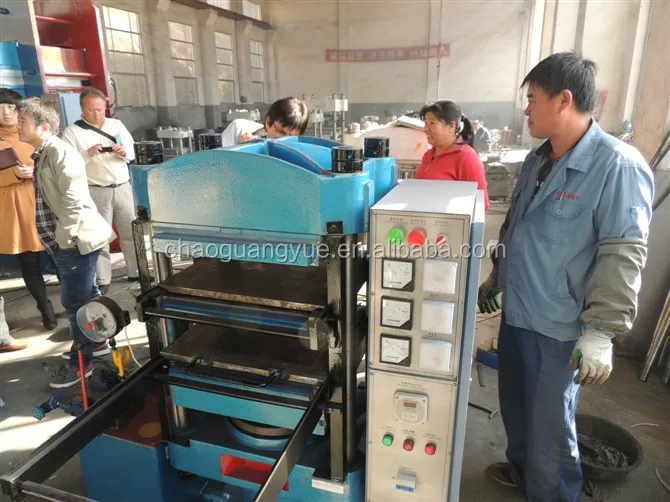 Weber also introduced the concept of vulcanization coefficient as the ratio of combined sulfur to the amount rubber in the composition of the rubber compound (A): K Vulk =S Link / A.
Weber also introduced the concept of vulcanization coefficient as the ratio of combined sulfur to the amount rubber in the composition of the rubber compound (A): K Vulk =S Link / A.
Weber managed to isolate polysulfide (C 5 H 8 S) n as a product of intramolecular addition of sulfur to double bonds isoprene units. Therefore, the theory Weber could not explain the rise strength as a result of vulcanization.
B 1910 Oswald put forward a physical vulcanization theory that explained the effect vulcanization by physical adsorption interaction between rubber and sulfur. According to this theory, in the rubber compound rubber-sulfur complexes are formed, that interact with each other also due to adsorption forces, which leads to an increase in the strength of the material. However, adsorption bound sulfur should be completely extracted from vulcanizate, which was not observed in real conditions, and chemical theory vulcanization began to predominate in all further research.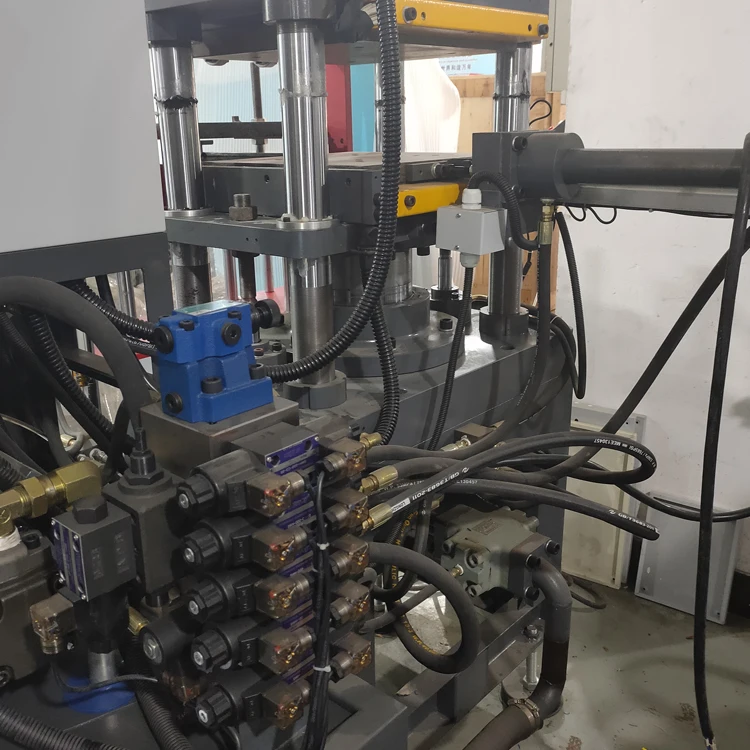
Basic proof of chemical theory (bridge theory) are the following provisions:
- sulfur vulcanize only unsaturated rubbers;
- sulfur interacts with molecules unsaturated rubbers to form covalent cross-links (bridges) different types, i.e. with education bound sulfur, the amount of which proportional to the unsaturation of the rubber;
- the vulcanization process is accompanied thermal effect proportional to the amount of added sulfur;
- vulcanization has a temperature a coefficient equal to approximately 2, i.e. close to temperature coefficient chemical reaction in general.
Increase strength as a result of sulfur vulcanization occurs through structuring system, which results in three-dimensional spatial grid. Existing sulfur curing systems allow directed synthesize almost any type cross link, change speed vulcanization, final structure vulcanizate. Therefore, sulfur is still is the most popular stitching agent for unsaturated rubbers.
Refresh browser
Refresh browser
Capabilities
Integration
About the system
Statistics
Contacts
CfDJ8HJyMSOWarhLkJBDZs2NT-G5xKLZCjob7Oc70YgIJm5yOIQtgbRVld9zpr6JLJp8oU8bkhtMNoZMy1lo-LbiMDP4F_-Ra80cp84MRKw7bA3t6vSOmaMRZyrA3fSUHMFOnu-Q6XmpJ8_pHO4KD8
Description of the search engine
search encyclopedia
TIN
OGRN
Sanction lists
Company search
Head of the organization
Court cases
Affiliation Check
Execution proceedings
Organization details
Information about the beneficiaries
Organization's current account
Credit risk assessment
Checking the blocking of the current account
Number of employees
Authorized capital of the organization
Bankruptcy check
Date of registration
Checking the counterparty by TIN
checkpoint
OKPO
Tenders and public procurement
Customer search (B2B)
Legal address
Analysis of the financial condition
Organization founders
Financial statements
OKTMO
OKVED
Company Comparison
Trademark Check
License check
Extract from the Unified State Register of Legal Entities
Competitor analysis
Organization website
OKOPF
Registration Information
OKFS
Branches and representative offices
OKOGU
OKATO
Register of dishonest suppliers
Company rating
Check yourself and the counterparty
due diligence
Banking licenses
Scoring of counterparties
Alcohol licenses
Media monitoring
Signs of economic activity
Reputational risks
Compliance
The company LLC CONCERN MONARCH, address: Moscow, Leningradsky Prospekt, 31A, building 1, was registered on 09.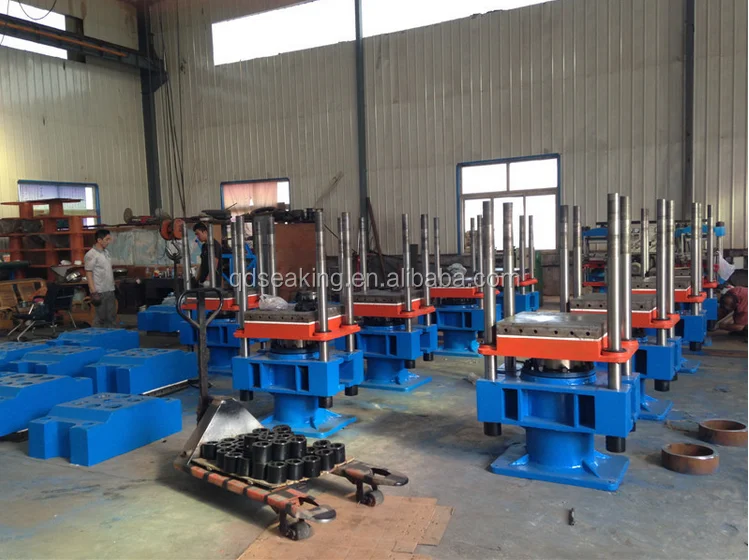 10.2014. The organization was assigned TIN 7714947625, PSRN 5147746206020, KPP 771401001. The main activity is the construction of residential and non-residential buildings, in total 21 types of activity are registered according to OKVED. Has connections with 1 company.
10.2014. The organization was assigned TIN 7714947625, PSRN 5147746206020, KPP 771401001. The main activity is the construction of residential and non-residential buildings, in total 21 types of activity are registered according to OKVED. Has connections with 1 company.
Number of co-owners (according to the Unified State Register of Legal Entities): 4, General Director - Ambartsumyan Sergey Alexandrovich. The size of the authorized capital is 100,000 rubles.
The MONARCH CONCERN LLC took part in 10 tenders. 25 enforcement proceedings were initiated against the company. LLC CONCERN MONARCH participated in 55 arbitration cases: in 29 as a plaintiff, and in 21 as a defendant.
Details of LLC CONCERN MONARCH, legal address, official website and extract from the Unified State Register of Legal Entities, as well as 31 significant events are available in the SPARK system (demo access is free).
299₽
Buy Example
999₽
Yearly change monitoring enabled
Buy Example
Is free
Edit data
SPARK-Risks for 1C
Reliability assessment and counterparty monitoring
Learn more
Applications with corporate email are processed faster.